After 50 years on the Las Vegas Strip, Circus Circus still going strong
Jay Sarno’s family-friendly casino was helped — and hurt — by Mob meddling
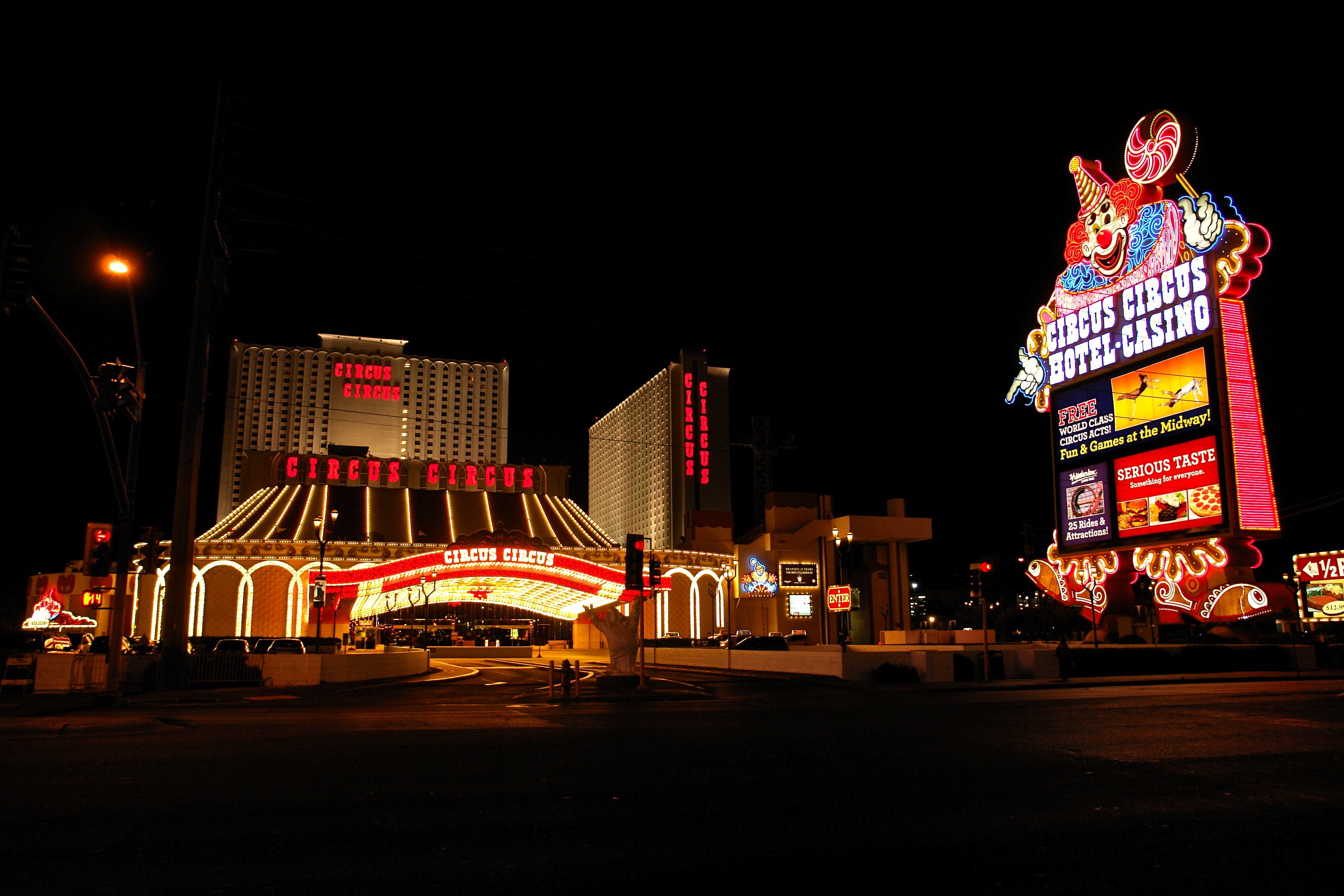
Fifty years ago this month, Circus Circus opened its doors at the north end of the Las Vegas Strip. It’s still there today, a battle-scarred survivor of the implosion fever that gripped the casino business from the late 1980s through the early 2000s.
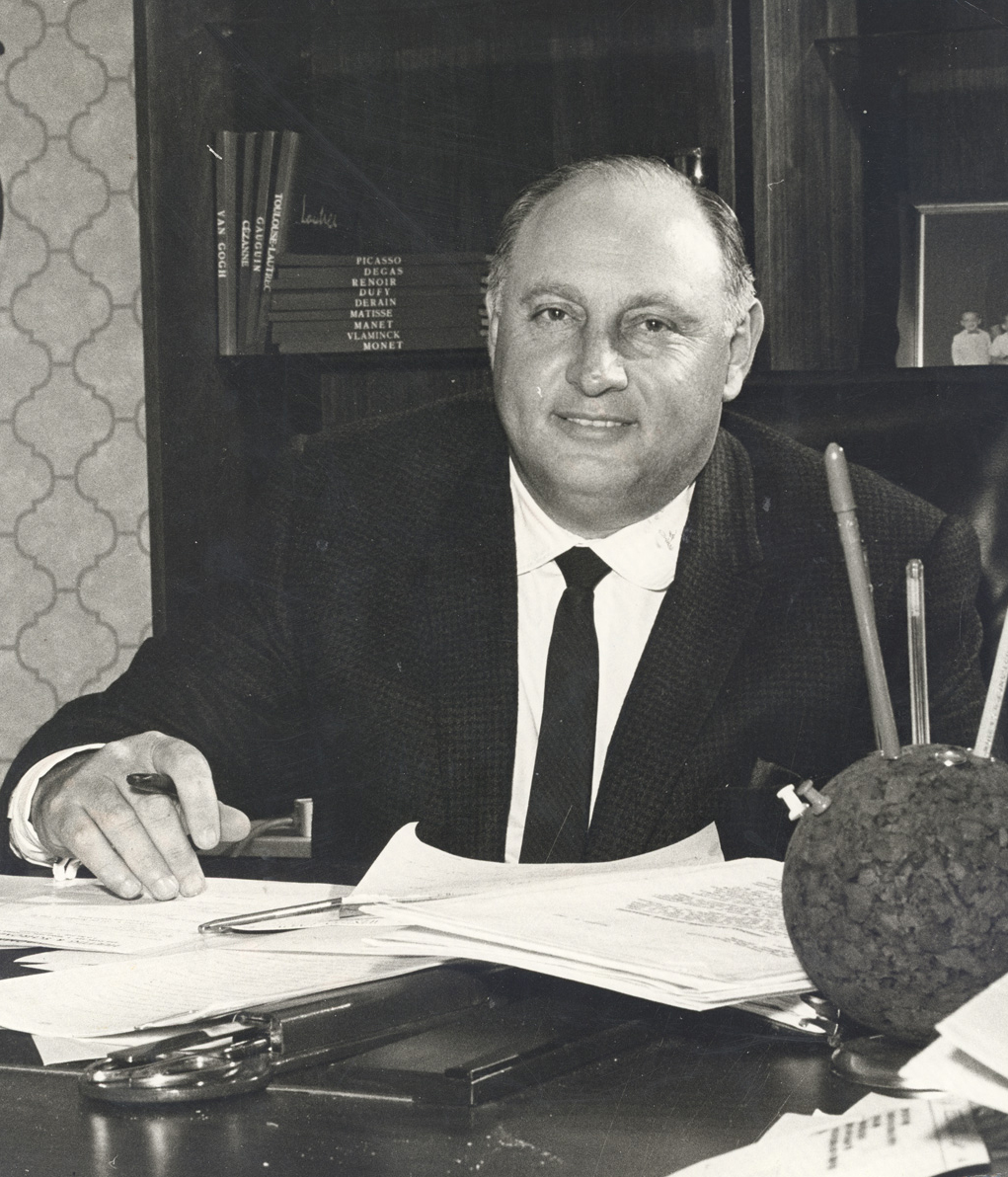
Circus Circus was the brainchild of Jay Sarno, who had imprinted his name on the Las Vegas map just a couple of years before with the Roman-themed Caesars Palace. The highly creative casino developer decided his next project would be driven by a desire to give families a reason to vacation in Las Vegas.
While most other casino operators saw no value in creating a family attraction on the Strip, Sarno recognized an opportunity. He figured that if he did something no one else was doing, there wouldn’t be any competition.
More than 10,000 people were on hand for the October 18, 1968, opening of the “green felt Disneyland.” Sarno, of course, served as ringmaster, dressing for the part in top hat and tails. “When the doors opened to the public at last at 10 p.m., the line waiting to get in, four abreast, stretched for more than a block,” writes Las Vegas historian David G. Schwartz in Grandissimo: How Jay Sarno Won a Casino Empire, Lost It, and Inspired Modern Las Vegas. “Sarno’s triumph seemed certain.”
But Circus Circus was not an immediate success. One big problem was the lack of hotel rooms. Sarno thought his casino would be so enticing that a hotel would be unnecessary. Bucking this long-proven Las Vegas formula proved to be a mistake.
Sarno also charged admission: $2 for out-of-towners, $1 for locals. This, too, was an impediment to Circus’ success. Further, Sarno’s decision to intermingle trapeze acts and carnival games with the casino floor annoyed gamblers.
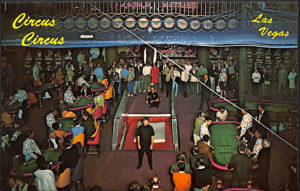
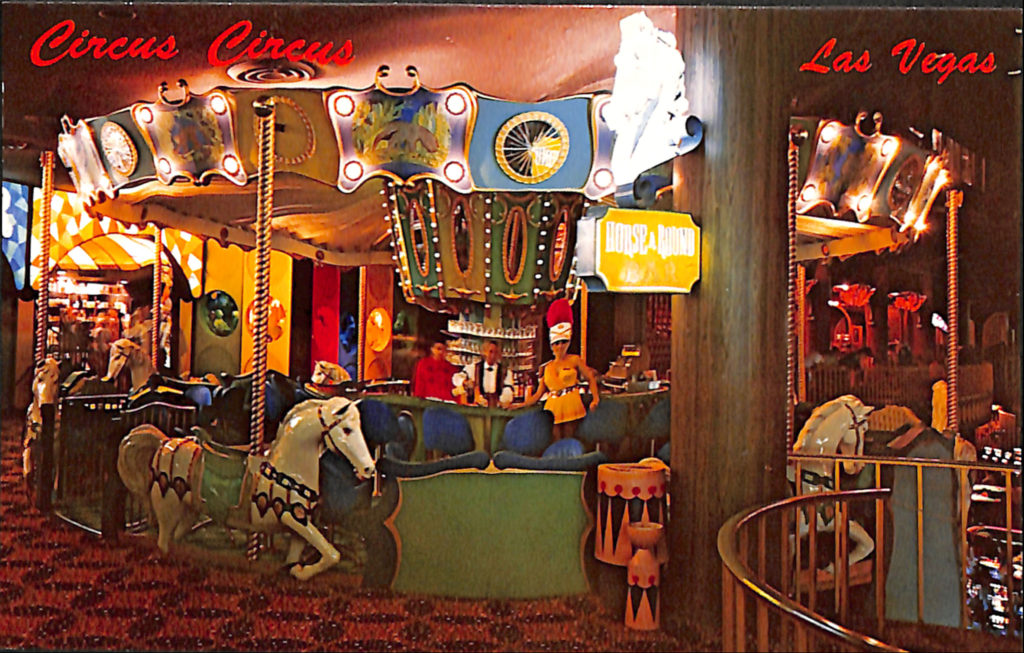
But two other ideas introduced at Circus Circus showed incredible foresight. The best circus performers from all over the world came to Las Vegas to work year-round, laying the groundwork for the extravagant Cirque du Soleil shows that later came to dominate Strip showrooms.
Before Circus Circus, slot machines were “drab, low-paying amusements that casino managers derided as ‘not real gambling,’” Schwartz writes. “But Sarno saw the future of the business lay in mechanical games. Advancing technology was already making more lively games possible.” By 1983, slot machines would make more money for Nevada casinos than table games.
Circus Circus saw a lot of people come through the doors, but it wasn’t making money, and Sarno was broke. His creditors were restless, and the Nevada Gaming Commission was threatening to pull his license. Faced with the real possibly of Circus Circus shutting down, Sarno agreed to resign as president of Circus Circus and put his ownership interest in a trust.
Several months later, the Nevada Gaming Commission, believing Sarno had reformed his ways, allowed him to return to the helm of Circus Circus. Sarno’s highest priority was to build a hotel. He pursued a loan from the Teamsters Union. With his old friend Jimmy Hoffa in prison, he did not have a direct contact with the union, so he went to see Nick Civella, the Kansas City Mafia boss. In 1971, the Teamsters gave Sarno a $7.6 million loan, and he built a 414-room hotel.
But as Schwartz explains, Sarno had made a deal with the devil: Circus Circus was now beholden to Mob interests. “With Civella — and others — getting their muzzles into the henhouse, Circus Circus became one of the most notorious Mob haunts on the Strip, with suitcases of cash dispatched back to Kansas City and Chicago under the watchful eye of Carl Thomas, a Civella associate.”
The Mob’s grip on Circus Circus took a more visible form with the award of a retail concession to Tony Spilotro, the Chicago Outfit’s new Las Vegas overseer. Spilotro operated the jewelry and gift shop under the name Anthony Stuart.
Faced with a failing casino and an IRS criminal indictment, Sarno looked for a way out of Circus Circus. Enter Bill Bennett and Bill Pennington, two up-and-coming casino managers who signed a five-year lease to run the property in May 1974.
Although Sarno was not completely out of the picture — he was still the landlord, and in the lease he got to keep his 14th floor suite — Circus Circus under Bennett and Pennington became a very different place. They remodeled the casino to separate the gamblers from the circus acts, retired Tanya the elephant from roaming the casino floor, and cleaned up the carnival games, some of which had been cheating customers. They focused on bargain travelers with affordable room rates and the latest slot machine innovations. Bennett convinced Spilotro to give up his gift shop, and ended the Mob’s skim.
In 1983, Bennett and Pennington bought Circus Circus from Sarno for $72 million. One of the first things they did was to evict Sarno from his suite.
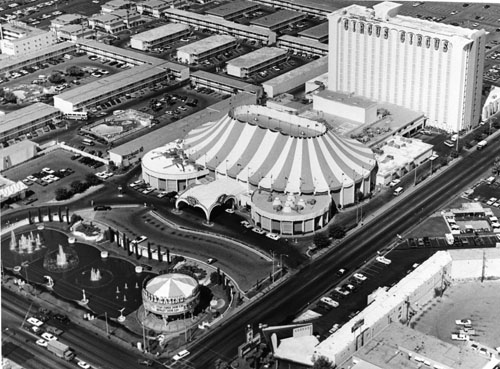
Bennett and Pennington built a casino empire that eventually included the Excalibur, Luxor and Mandalay Bay hotel-casinos on the Strip. Six years later, MGM Mirage acquired those properties, and they all remain part of that company’s massive casino portfolio.
Today, Circus Circus, now with more than 3,700 rooms, is the most thread-bare of the MGM properties on the Strip, but it continues to yield steady profits. In 2015, Circus recorded an operating profit of $70 million, according to a Las Vegas Review-Journal report.
And the future is bright. Circus Circus likely will benefit from an expected $6 billion in investments along the North Strip over the next few years. The creativity of Jay Sarno, combined with the business savvy of Bill Bennett and Bill Pennington, produced one of the all-time great Las Vegas success stories, the ending of which has not yet been revealed.
Feedback or questions? Email blog@themobmuseum.org





